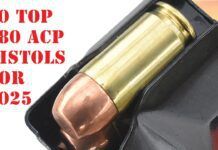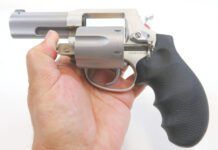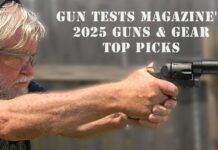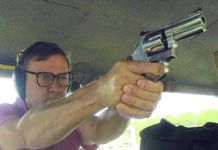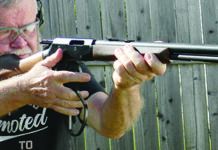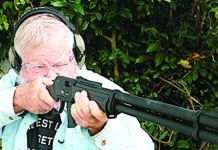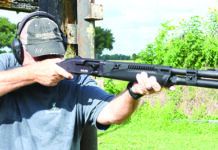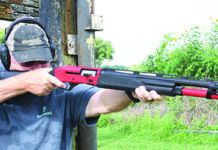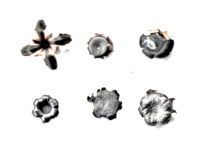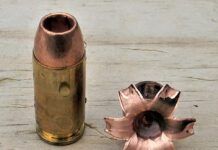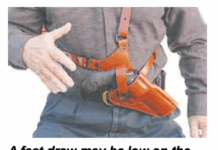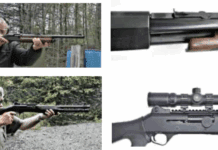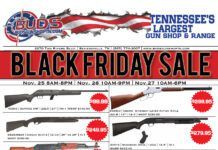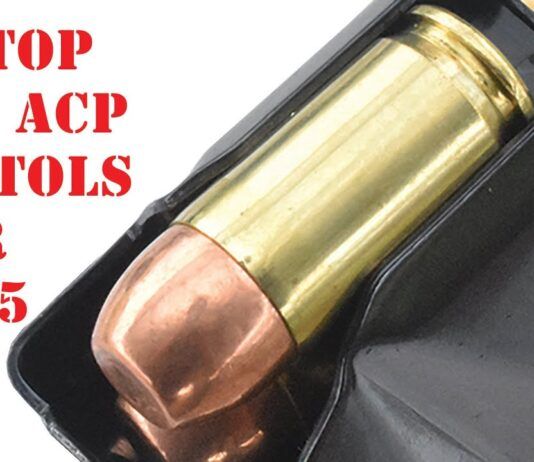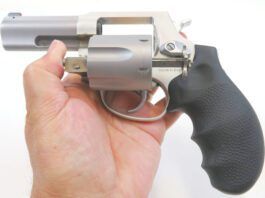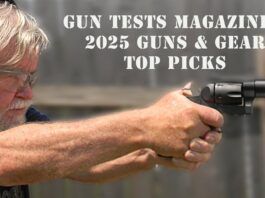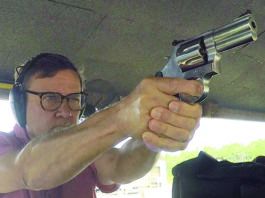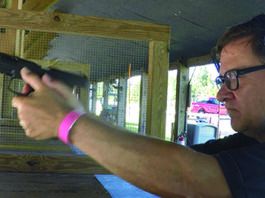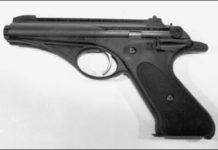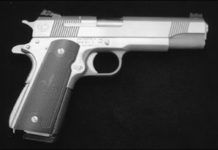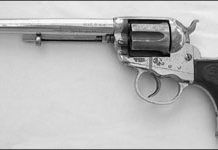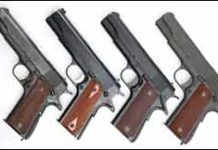Disassembly/Reassembly Of the Whitney Wolverine
Gun Tests’ Ammunition Testing Protocol
Here is the detailed ammo-testing protocol from Gun Tests magazine, the most commonly requested addition to Gun Tests coverage. Gun Tests' focus is on performance before the bullet hits the target. 'We realize that results from our test gun can't be extrapolated to every possible gun readers might own, we wanted to test ammunition in a fashion most consumers would be able to duplicate, and in fact, should conduct on their own. But our framework can potentially save you money and time by narrowing the list of candidates you might try in your own gun, and you can also follow our system to see if a given round performs for you like it did for us.
Walther Recalls Some PK380 Pistols
American Tactical Imports is now selling the $400 FMK 9C1 Generation 2 Pistol
Glock, Inc. Makes $50,000 Donation To Concerns Of Police Survivors (C.O.P.S.)
D.C. To Revisit Gun Law For Outsiders
The ‘No-Machining’ 1911 Project
Working Colt’s Model 1877 Double-Action Revolvers
GI Pistols: Remington Leads, But It Isnt Exactly a GI Pistol
In today's market there seems to be a glut of 1911-type pistols. They run the gamut from inexpensive foreign imports with cast frames and parts to the most inexpensive examples of the gunmaker's art. John Browning's masterpiece has been widely cloned and copied — and arguably never equaled by any other design for pure fighting efficiency. The combination of a low bore axis that limits the recoil arc, a short, straight-to-the-rear trigger compression, well-placed controls, and a comfortable grip add up to unequaled human engineering. Coupled with a design that allows cocked-and-locked carry and unsurpassed speed to a rapid first-shot hit, the 45 ACP cartridge and good heft, the 1911 is a deadly efficient fighting tool.
A generation or so ago we cut up and modified GI 45s into what we thought were superior fighting pistols. Today, we have ready-made factory pistols that incorporate many of the features once found only on custom handguns. But the original GI type remains popular. The simplicity and utter reliability of the design cannot be faulted. The more bells and whistles, the more we have to go wrong with a pistol. Low-profile sights, simple controls, and uncluttered design are among the strong points of the GI-type pistol. In this report we tested two modern renditions of the GI 45, the Auto Ordnance and Regent, respectively. As a counterpoint, we located and tested an original GI 45, by Remington Rand. Finally, we tested a modern pistol that is basically a GI gun with slight upgrades as a comparison. The results were interesting and made for a valid comparison of the GI-type pistols.
Is the Duty-Carry Revolver Done?
Three Pocket Guns Compared from Kahr, Chiappa, and Springfield
Austin Miller, contributing editor for Gun Tests magazine and a contributor to GunReports.com, and video producer J.T. Woodard travel to Tactical Firearms in Katy, Texas, to begin testing a unusual trio of handguns for an upcoming issue of Gun Tests.


